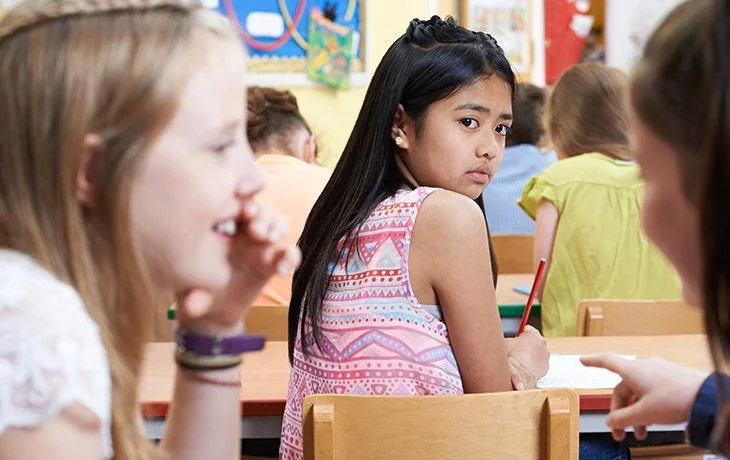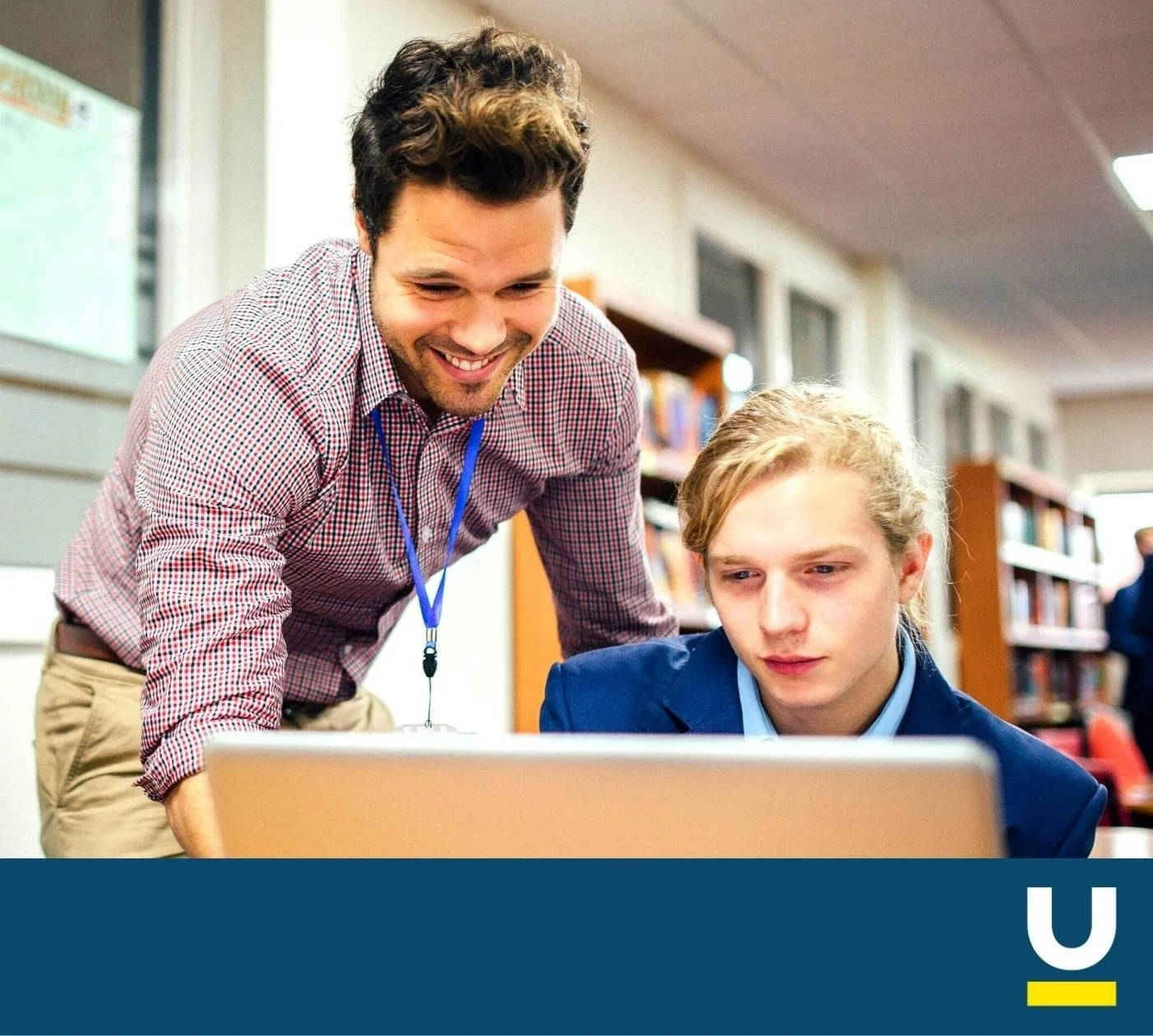child Safeguarding and Protection Resources
Safeguarding is what we do to prevent harm, while child protection is the way in which we respond to harm. Here are a range of resources and guides to help improve you and your organisation’s child safeguarding and protection policies and practices.
Every child has the right to be safe and feel safe.
The education sector – and all those that work within it – owe what is known as a “duty of care” to their students. This is a legal obligation that requires both institutions and individuals to take reasonable steps to protect the students in their charge and reduce the risk of reasonably foreseeable harm or abuse.
This involves consideration of the following factors:
identifying the risk of harm
the probability that the harm would occur if care were not taken
the likely seriousness of the harm
the social utility of the activity that creates the risk of harm
the burden of taking precautions to avoid the risk of harm
Safeguarding and child protection are two terms that are often used interchangeably but are not in fact synonymous.
Child safeguarding is specifically focused on implementing preventative actions that ensure that all children and young people are protected from deliberate or unintentional acts that could lead to the risk of or actual harm. In short, it is an incredibly important means of protecting children from harm, abuse, neglect, or exploitation.
Child protection, on the other hand, refers to the laws, policies, and measures that take place once a child or young person has already been identified as being at risk (often via safeguarding processes).
Simply put, while safeguarding prevents, child protection protects.
All organisations and individuals that work with children have a responsibility to look out for their welfare and best interests. Luckily for us, there are a wealth of resources available online to help you strengthen you and your organisation’s safeguarding and child protection policies. Scroll on to get the support you need to keep both children and young people safe.
10 Child Safeguarding and Child Protection Resources
1. Save the Children
A leading humanitarian organisation for children, Save the Children was established in the United Kingdom in 1919 to improve the lives of children through better education, health care, and economic opportunities. As part of their overarching commitment to keep children safe, both within and outside their homes, Save the Children employs safeguarding specialists around the world to work closely with children and adults in the communities they operate in. These specialists support leadership and other teams to build a safe environment and strong safeguarding culture through various safeguarding programmes and awareness-raising campaigns.
Save the Children offers a variety of child safeguarding materials and guidelines, which include everything from tips on keeping children safe online to toolkits that cater specifically to educators and carers working with children with disabilities.
2. UNICEF: Child Protection
The United Nations Children's Fund (UNICEF) is an agency of the United Nations responsible for providing humanitarian and developmental aid to children worldwide. Operating in more than 150 countries, UNICEF works alongside a wide range of partners at national, regional, and global levels to protect children from violence, exploitation and abuse. In line with this commitment, UNICEF has developed a number of training programmes and guidelines on child protection in many countries around the world. On top of this, the organisation offers a whole host of resources online to support parents and caregivers, and help raise awareness and encourage action the world over.
You can find their child protection materials here.
3. StopBullying.gov
StopBullying.gov is a central repository for news, information, and resources on bullying, cyberbullying, prevention, and response. It is a federal government website managed by the US Department of Health & Human Services, an agency that administers more than 100 programs across its operating divisions.
Under the Children Act 1989, a bullying incident should be addressed as a child protection concern when there is “reasonable cause to suspect that a child is suffering, or is likely to suffer, significant harm”. If you have a concern about bullying, you should follow your organisation's anti-bullying procedures as soon as possible.
Schools, families, and communities looking for resources on bullying can access StopBullying.gov’s full suite of materials and tools for free, directly on their site.
4. Internet Matters
Internet Matters is a not-for-profit organisation based in London, England. Launched in May 2014 by the United Kingdom's largest internet service providers BT, Sky, TalkTalk, and Virgin Media, the organisation offers free online safety teaching resources and advice to parents, carers, and professionals for children. From detailed lessons to unique tools, these resources cover some of the most important online safety topics.
Teachers and schools can access their broad range of teacher policy and guidance resources here.
5. Advanced Safeguarding and Child Protection by TeachUp
Part of the EDP group, TeachUp offers innovative teacher training and professional development courses that cover a wide range of curricula, supporting teachers at every stage of their careers. Its Advanced Child Protection and Safeguarding course is designed to equip educators and school staff with the key knowledge and skills they need to keep children safe from harm. This course is CPD accredited and comprises six modules: professional conduct, neglect, physical abuse, sexual abuse, emotional abuse, and responding to neglect and abuse.
Interested readers can view TeachUp’s full range of online courses here.
6. Keeping Children Safe
Keeping Children Safe is a network of organisations working together to ensure children globally are safeguarded and protected from all forms of violence, abuse, and exploitation. They advocate for the universal adoption and monitoring of international standards on safeguarding, and work to advance a global movement of organisations committed to ensure that their staff, operations, and programs do no harm to children.
Use their free self-assessment tool to find out if your organisation is putting children at risk, and be sure to sign up for one of their free online workshops to learn more about child safeguarding.
7. Coolminds Hong Kong
Coolminds is a joint initiative between Mind HK and KELY Support Group, and promotes mental health awareness, support, and understanding in Hong Kong’s youth. By bringing international best practice to Hong Kong for high school and university students alike, Coolminds aims to provide comprehensive programmes for the prevention, early intervention, and management of youth mental health.
Cool Minds Hong Kong offers a variety of both in-person and online workshops, events, and training which you can find here.
8. The Children’s Society
The Children’s Society is a social justice organisation, founded on and driven by Christian values. Founded in the late 19th century, the Children’s Society is a national charity that runs local services, helping children and young people when they are at their most vulnerable. They also campaign for changes to laws affecting children and young people, to stop the mistakes of the past being repeated in the future.
Over the years, the Children’s Society has created numerous resources and publications specifically for professionals working with young people, which interested readers can find here.
9. NSPCC Relationships and Sexual Education
The National Society for the Prevention of Cruelty to Children (NSPCC) is a British child protection charity established in 1884. It is the only UK charity with statutory powers enabling it to act to safeguard children at risk of abuse. It offers information and guidance on what you and your organisation can do to protect children from harm.
NSPCC also has a number of safeguarding and child protection courses available for purchase, specifically catering to those working or volunteering with children and young people.
10. Safeguarding Support Hub
The Safeguarding Resource and Support Hub (RSH) is a programme that aims to support organisations in the aid sector to strengthen their safeguarding policy and practice against sexual exploitation, abuse, and sexual harassment (SEAH). RSH has an Online Hub website available in English, Arabic, French, and Swahili and is free for anyone working in the aid sector to use. It includes: a resource library with a huge selection of guidance and tools on safeguarding; a free e-learning course aimed at non-safeguarding specialists; a directory of quality-assured safeguarding advisors; and a series of multilingual webinars and podcasts for peer-to-peer learning and sharing of good practice.
We recommend checking out RSH’s podcast series which covers a range of child protection and safeguarding issues.
Final thoughts
Working with children and young people can be incredibly rewarding, but it also comes with a great deal of responsibility. If you or your organisation works with or around children and young adults, you have a duty to protect their safety and basic human rights. To ensure the wellbeing of everyone under your care, it’s important that you regularly and adequately train on child safeguarding and child protection measures so that you can carry out your duties knowledgeably and safely. We hope that these resources will help to support you in keeping those under your care safe, both inside and outside of school.











